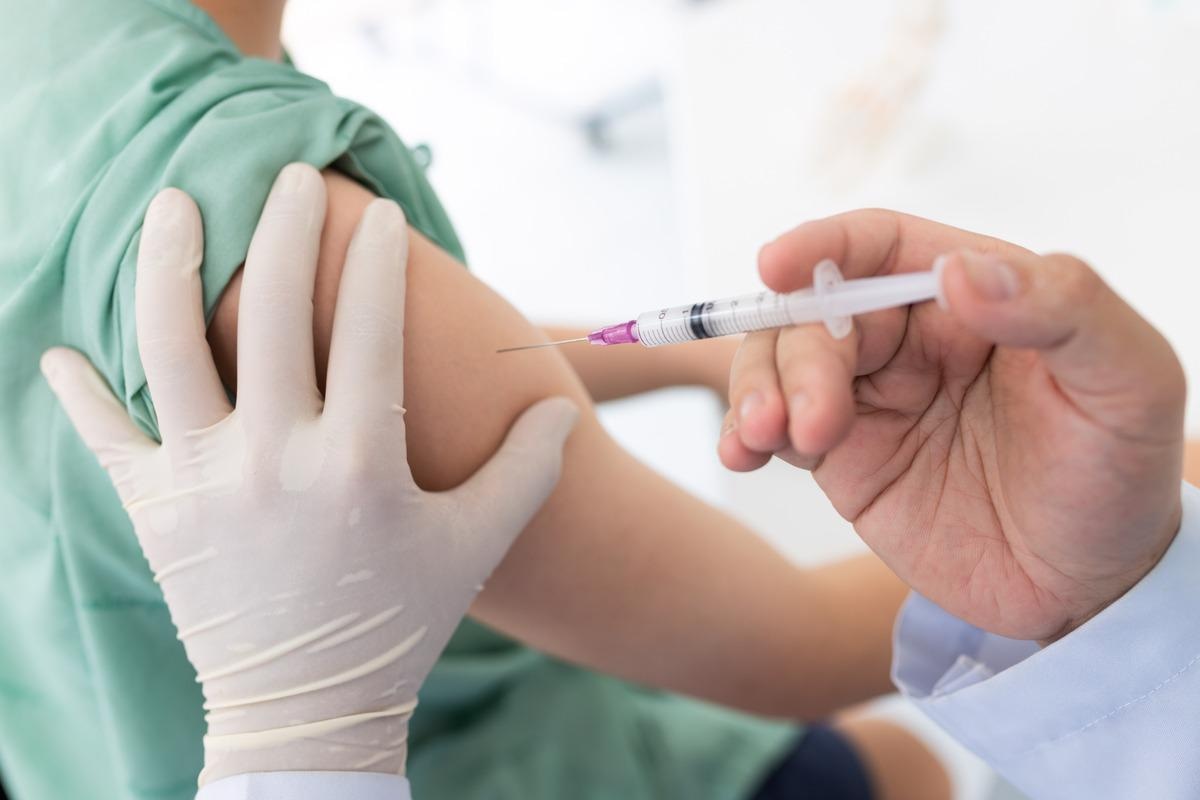Home » Health News »
Study predicts incidence rates of adverse outcomes of COVID-19 vaccination
In a recent study posted to the medRxiv* pre-print server, a team of researchers estimated the pre-pandemic incidence rates of adverse events of special interest (AESI) now observed in association with coronavirus disease 2019 (COVID-19) vaccines in Ontario, Canada.
 Study: Background incidence rates of adverse events of special interest related to COVID-19 vaccines in Ontario, Canada, 2015 to 2020, to inform COVID-19 vaccine safety surveillance. Image Credit: Tong_stocker/Shutterstock
Study: Background incidence rates of adverse events of special interest related to COVID-19 vaccines in Ontario, Canada, 2015 to 2020, to inform COVID-19 vaccine safety surveillance. Image Credit: Tong_stocker/Shutterstock
Health Canada authorized the use of BNT162b2 (Pfizer-BioNTech Comirnaty) and mRNA-1273 (Moderna) COVID-19 vaccines in December 2020. Later, in February 2021, the use of ChAdOx1 COVID-19 vaccines (AstraZeneca Vaxzevria and COVISHIELD) was also authorized.
Since March 2021, the Ad26.COV2.S (Johnson & Johnson’s Janssen) COVID-19 vaccine has s also been licensed in Canada. Post-licensure surveillance of COVID-19 vaccines is critical to identify safety signals for all AESI relevant to the population of Canada.
About the study
The authors of this study have previously reported the incidence rates of thromboembolic and coagulation disorders in Ontario, Canada. In the present study, they estimated background incidence rates of nine additional AESI during 2015– 2019 and 2020, including Bell’s palsy, febrile convulsions, idiopathic thrombocytopenia, acute disseminated encephalomyelitis, pericarditis, myocarditis, Guillain-Barré syndrome (GBS), Kawasaki disease, and transverse myelitis.
To facilitate the detection of potential safety signals following COVID-19 vaccination, a population-based retrospective observational study was conducted, wherein the researchers used linked health administrative databases for hospitalizations and emergency department visits of Ontario residents.
For each AESI, the researchers calculated annual incidence rates per 100,000 population for 0–4, 5–11, 12–15, 16–19, 20–24, 25–29, 30–39, 40–49, 50–59, 60–69, 70–79, and ≥80 years age groups, plus the overall mean annual incidence for 2015–2019. The researchers also calculated monthly average rates for 2015–2019 to examine seasonality in the children of the 0–11 year age group.
The study included new cases only after 365 days, thus, including only one episode of AESI for each individual.
Findings
Among adults, during 2015-2019, the overall mean incidence rate of hospitalizations and ED visits for both sexes and all age groups was highest for idiopathic thrombocytopenia at 43.9 per 100,000 and lowest for Kawasaki disease at 1.6 per 100,000.
The annual rates of myocarditis and pericarditis across all age groups were relatively stable during 2017–2019 but slightly lower in the year 2020. Rates of pericarditis were almost three times higher than rates of myocarditis, and rates for both conditions increased with age, with higher rates observed in males.
Among children, febrile convulsions and Kawasaki disease were predominant and generally decreased with age. Further, the estimated annual rates of Kawasaki disease were in the range of 19.1–32.1 per 100,000 in Canadian children below five years, and 5.1–50.4 per 100,000 in US children in the 0–6 years age group, thus showing that these rates were three to four times higher among children below five years.
During 2015–2019, the mean rate of hospitalizations and ED visits for febrile convulsions was the highest, with 453 incidences per 100,000 in the 0–4 years age group and 20.1 incidences per 100,000 in the 5– 11 years age group. These rates were lowest for pericarditis, with 0.4 incidences per 100,000 in both age groups.
Among children under 12 years, observed mean rates for most of these AESI were lower in 2020. Notably, the most absolute reduction in the rate was observed for febrile convulsions in children in the 0–4 years age group, most likely due to decreased circulation of non-COVID-19 respiratory viruses during the pandemic.
Due to the impact of seasons on the incidence rates of some AESI, Kawasaki disease and febrile convulsions peaked during winters.
Conclusions
Overall, the annual rates for most of the AESI fluctuated over the study period and were lower in 2020 than the mean annual rate during 2015–2019, except for GBS among children in the 0–4 years age groups and pericarditis among children in the 5–11 years age group.
Females had higher rates of acute disseminated encephalomyelitis and transverse myelitis while males had higher rates of myocarditis, pericarditis, and GBS. Also, the incidence rates for Bell’s palsy, acute disseminated encephalomyelitis, and GBS increased with age.
The study provided a fair estimate of the background rates of hospitalizations and emergency department visits for nine AESI across all age groups of the population of Ontario, Canada, thus facilitating estimating the number of events of these conditions to assess potential safety signals in the context of COVID-19 vaccines. According to the authors, these estimates of background rates of AESI could help clinicians and public health authorities to remain vigilant of AESI following COVID-19 immunization.
*Important notice
medRxiv publishes preliminary scientific reports that are not peer-reviewed and, therefore, should not be regarded as conclusive, guide clinical practice/health-related behavior, or treated as established information.
- Sharifa Nasreen, et al. (2022). Background incidence rates of adverse events of special interest related to COVID-19 vaccines in Ontario, Canada, 2015 to 2020, to inform COVID-19 vaccine safety surveillance. medRxiv. doi: https://doi.org/10.1101/2022.01.12.22269169 https://www.medrxiv.org/content/10.1101/2022.01.12.22269169v1
Posted in: Medical Research News | Medical Condition News | Disease/Infection News
Tags: Acute Disseminated Encephalomyelitis, Bell’s Palsy, Children, Coronavirus, Coronavirus Disease COVID-19, covid-19, Encephalomyelitis, Guillain-Barré Syndrome, Immunization, Kawasaki Disease, Myelitis, Myocarditis, Pandemic, Pericarditis, Public Health, Respiratory, Syndrome, Thrombocytopenia, Transverse Myelitis, Vaccine

Written by
Neha Mathur
Neha Mathur has a Master’s degree in Biotechnology and extensive experience in digital marketing. She is passionate about reading and music. When she is not working, Neha likes to cook and travel.
Source: Read Full Article


